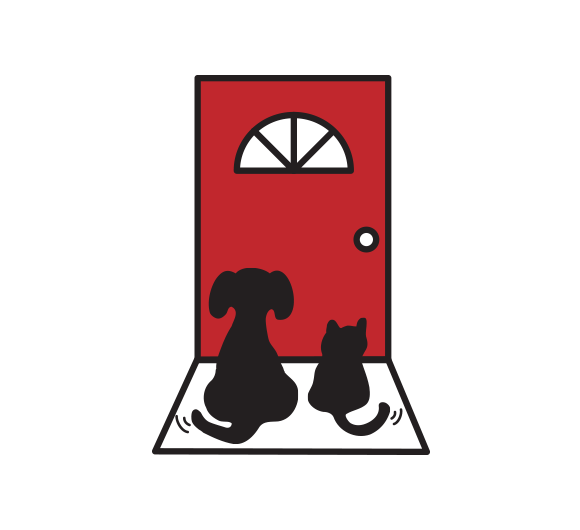Tips for Involving Children and Positive Reinforcement in Training Your Dog By Paige Johnson, Learnfit.org
When a family gets a new dog, it is helpful to include children in the training process because you want the dog to obey all family members and become a trusted, loyal companion for everyone. Children who participate in training new dogs also are more likely to take responsibility for caring for the dog and to take pride in having a family pet. If you are looking for ways to make your children and your new dog feels more comfortable around one another, involving children in training activities that include positive rewards is a great place to start. Our 4 tips for involving children and positive reinforcement in training new dogs will help your family establish a loving, trusting relationship with your new pet quickly.
1. Help young children teach the dog his name According to dog trainer and behavior consultant Jonathan P. Klein, even children as young as 20 months old can help train a dog with direct help and coaching from an adult. One of the ways that very young children can get involved in training the new family dog is to aid in teaching the dog his name. Help your child look at the dog and say his name repeatedly. When the dog responds to the child calling his name, allow the child to give him a treat. The dog will learn via a positive reward, and the child will understand how to get the dog to come to him in a safe, effective manner.
2. Prepare your dog for life with Children The safety and well-being of your children and your new dog need to go hand-in-hand. Of course, children will need to be taught that the dog is an animal, and not a stuffed toy that has feelings and can be hurt. And, the dog will need to be trained to react to the children safely. One of the best ways to prepare your dog for life with children is to give him experiences with your children and reward his appropriate behaviors with positive consequences. For example, give your dog hugs and gently pull his ears, tail, and fur while giving him treats or allowing him to lick peanut butter off a bone. Matching treats to touches helps your dog understand that rough attention can be a positive experience, and he soon will welcome the attention of your children.
3. Incorporate training in play One of the most effective ways to involve children in training a new dog with positive reinforcement is to play games. Laura Barger, head of behavior at the Town of Hempstead Animal Shelter and owner of WoofGang LLC Dog Training, recommends putting treats in a child’s pocket and having him stand in a room in the middle of the house and call the dog. This variation of doggie hide-and-seek strengthens the dog’s recall and gives the child a chance to use positive rewards by giving the dog treats when he finds him and sits on command. Repeat the game with other children or make it more challenging by allowing children to hide behind doors or in drapes. Another game that incorporates training in play is fetch combined with “drop it.” Give your child a ball to throw for the dog to retrieve. When the dog returns the ball, the child should ask him to drop it while revealing a second ball. Ask the child to command the dog to sit and repeat “drop it.” As soon as the dog sits, the child should throw the second ball. Continue the game until the dog learns to drop the first ball.
4. Ensure everyone is on board with your training techniques Consistent training of your new dog is best to help him understand the behavior that you expect of him. That’s why you should explain your training techniques to everyone who comes into contact with your dog. If you hire a dog walker, show her how to reward positive behavior with treats. Encourage her to walk the dog near parks so that your dog can experience interactions with other children and to offer treats as positive rewards for appropriate behavior. You also should consider boarding your new dog with a freelance dog sitter who has children so that your pet can grow accustomed to interacting with other children.
Of course, you need to be sure that you and your children have been training your dog using positive reinforcement before you hire others to work with him. It is not the responsibility of dog walkers or dog boarders to train your dog for you, although they can continue with the training you have begun and maintain consistency while working with your dog.
Children do not need to be left out of training a new dog. Parents can include children in dog training activities and the responsibilities of having a new pet by incorporating them in various training games and exercises. Children who get involved in training dogs often have a closer bond with their pets and enjoy being pet owners, so it’s a great idea to involve them in training their new dog with positive reinforcement that builds trust between them and the animal.
Here are some additonal resources:
train a dog - http://dogtime.com/dog-health/dog-behavior/18515-10-tricks-kids-can-teach-dogs
prepare your dog - http://www.clickertraining.com/node/3498
play games - http://www.parents.com/parenting/pets/kids/involve-kids-in-dog-training/
dog walker - https://www.rover.com/dog-walking/
dog sitter - https://www.rover.com/dog-boarding/
Pixabay - https://pixabay.com/en/child-dog-animal-red-puppy-pet-1180772/
